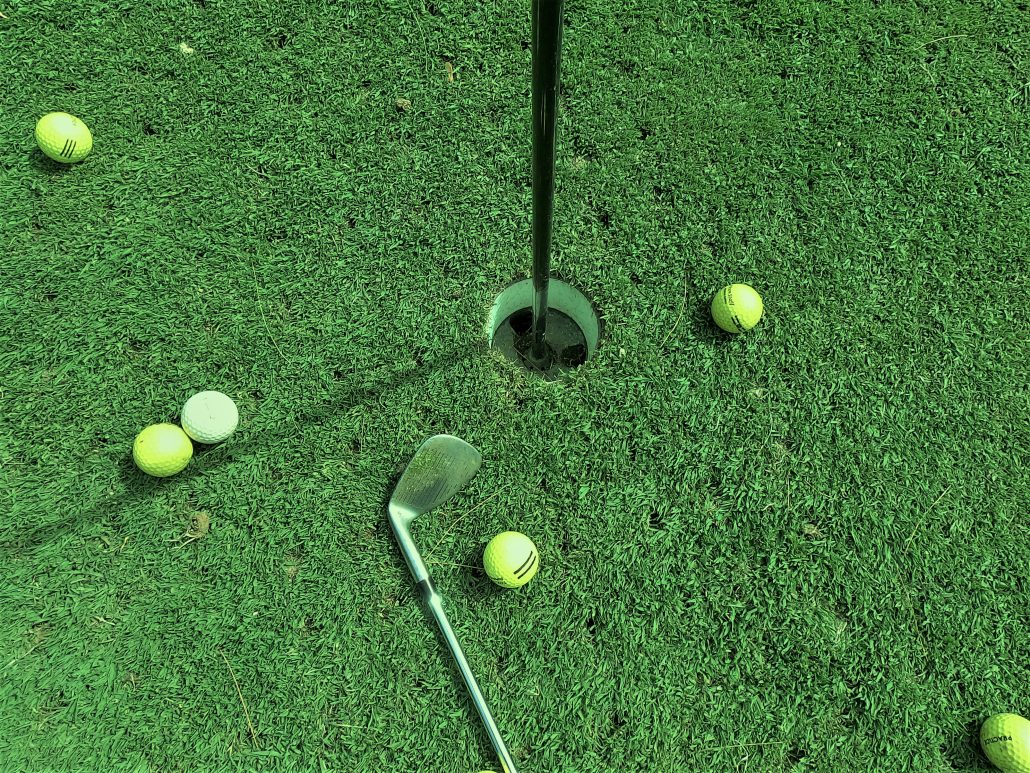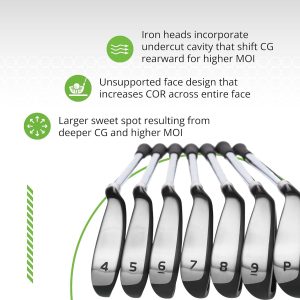How often have you questioned the number of wedges you should carry in your golf bag? The decision of how many wedges to bring is not as simple as it might seem, yet it is an essential part of refining your game. In this detailed exploration, we’ll guide you through the ins and outs of the wedge selection process, considering everything from your personal playing style to the conditions on the course.
Understanding the Role of Wedges in Your Golf Game
Let’s begin by examining the vital role wedges play in golf. Wedges are designed to help you execute precise shots over short distances, often when you’re near the green. These shots require finesse, and a good understanding of your wedge options can significantly impact your score. You might think of wedges as specialized tools that can make or break your approach shots.
Wedges generally come in four varieties: pitching wedges, gap wedges, sand wedges, and lob wedges. Each is designed for different conditions, angles, and distances, serving as a unique tool in your arsenal. When you evaluate the role of each wedge, you’re not just focusing on what you should carry but also understanding how each wedge serves your strategy on the course.
Types of Wedges and Their Characteristics
The realm of wedges is as varied as it is nuanced. Before deciding how many you should tote around, let’s explore each type’s characteristics, ensuring you’re making an informed choice. It’s akin to choosing paintbrushes for a canvas, each one offering a different stroke and finish.
Pitching Wedge
Typically, the pitching wedge is the most familiar, often included in any basic set. It generally has a loft ranging from 44 to 48 degrees. It’s your go-to club for full shots from the fairway or delicate play around the green. The pitching wedge excels as a bridge between your short irons and more specialized wedges.
Gap Wedge
Known as the “tweener” in your collection, the gap wedge usually provides a loft between 50 and 54 degrees. Its primary function is to cover the “gap” between the pitching wedge and the sand wedge. A gap wedge can enable you to execute shots with better precision, preventing those dreaded yardage gaps in your play.
Sand Wedge
Designed explicitly for escaping sand traps, the sand wedge comes with a loft of around 54 to 58 degrees and boasts a higher bounce. Apart from saving you from bunkers, it’s also incredibly useful for chip shots from soft lies and around the green precision plays. Mastery of the sand wedge can often be the difference between saving a stroke and seeing a score rise.
Lob Wedge
This wedge, with a loft rating of 60 to 64 degrees, lets you hit high, short shots with minimal roll. The lob wedge is perfect for clearing obstacles and stopping the ball quickly on the green. While the lob wedge can seem daunting because of its loft, in the right hands, it’s a game-changer for your short game.

Factors Influencing Your Wedge Selection
Equipped with an understanding of the types of wedges, how do you determine how many you should carry? Several factors come into play, and each golfer must evaluate their personal needs and strategies.
Skill Level and Experience
Your experience and confidence level significantly influence your wedge selection. Beginners might be more comfortable starting with a pitching wedge and a sand wedge. As you gain skill, you might incorporate more wedges, allowing for greater shot diversity.
Course Conditions and Environment
Where you play frequently affects your wedge choice. If you play on courses with many bunkers, softer terrain, or elevated greens, having a sand wedge or a lob wedge in your bag becomes essential. Understanding the typical conditions of the courses you frequent allows you to tailor your equipment accordingly.
Personal Playing Style
Are you an aggressive golfer who likes to use high balls with a lot of spin, or do you prefer a controlled, strategic approach? Your playing style dictates which wedges will complement your game. For instance, a player who prefers to attack flags might lean towards carrying a lob wedge, while a more conservative player might prioritize other options.
Yardage Gaps and Distances
Ensuring you have consistent yardage gaps between each club in your bag is crucial. Not having this can lead to uncertainty in shot execution. Evaluate your current set and identify any significant yardage gaps. Adjust your wedge selection to bridge these, ensuring seamless play.
Building Your Wedge Arsenal
With these factors in mind, how do you construct the ideal set of wedges to place in your bag? Here are some strategies to ensure a balanced selection.
The Three-Wedge Setup
For most players, carrying three wedges is a balanced strategy. Typically, this would include a pitching wedge, sand wedge, and either a gap or lob wedge. This setup ensures you can handle a variety of situations without overcrowding your bag.
To illustrate, consider the following table for a common three-wedge setup:
| Wedge Type | Loft Range | Primary Use |
|---|---|---|
| Pitching Wedge | 44-48 degrees | Full shots, short approaches |
| Sand Wedge | 54-58 degrees | Bunkers, soft lies, chip shots |
| Gap/Lob Wedge | 50-64 degrees | Mid-range short game/High, shorter shots |
The Four-Wedge Setup
More experienced golfers might find that a four-wedge setup gives them the flexibility needed on challenging courses. Adding a gap wedge between your pitching and sand makes a substantial difference in finer control, while a lob wedge completes a comprehensive short game setup.
A typical four-wedge setup might look like this:
| Wedge Type | Loft Range | Primary Use |
|---|---|---|
| Pitching Wedge | 44-48 degrees | Full shots, approach shots |
| Gap Wedge | 50-54 degrees | Fills the gap between pitching and sand wedge |
| Sand Wedge | 54-58 degrees | Bunkers, near-green shots |
| Lob Wedge | 60-64 degrees | High-flying shots, quick stops |
Practical Wedge Selection Tips
Now that you grasp the setup options, here are practical tips to ensure your selections enhance your game.
Regular Assessment and Adjustment
Frequently evaluate how your wedges perform. Are there any underused clubs? Do you find consistent weaknesses in specific situations? Adjust your setup to play to your strengths and address any recurring issues in your game.
Custom Fitting and Professional Advice
Consider a custom fitting session or consult with a professional. They can provide insights into your swing and the gaps in your wedge setup. Often, expert eyes can see what’s not immediately apparent to you, ensuring optimal performance.
Practice and Experiment
Spend time on the practice range getting to know each wedge. Experiment with different shots and assess their performance. Through practice, you’ll better understand which wedges are indispensable and which can be occasionally left out.
Conclusion: Crafting Your Perfect Wedge Setup
As you ponder how many wedges to include in your golf bag, remember that your choice should enhance your strengths and mitigate your weaknesses. Whether you opt for a three-wedge or four-wedge setup, or decide on something entirely unique, your goal is to create a seamless and forgiving short game.
Ultimately, having the right wedges can be the difference between a stressful round and an enjoyable one. Equip yourself thoughtfully, and you’ll likely see improvements not just in your game but in your confidence on the course.
Choosing the right number of wedges is a personal journey. Evaluate your playing style, analyze your course conditions, and make informed decisions that align with your playing strategy. As your game evolves, be open to reassessing and adjusting your setups, ensuring exponential growth and satisfaction on the course.













